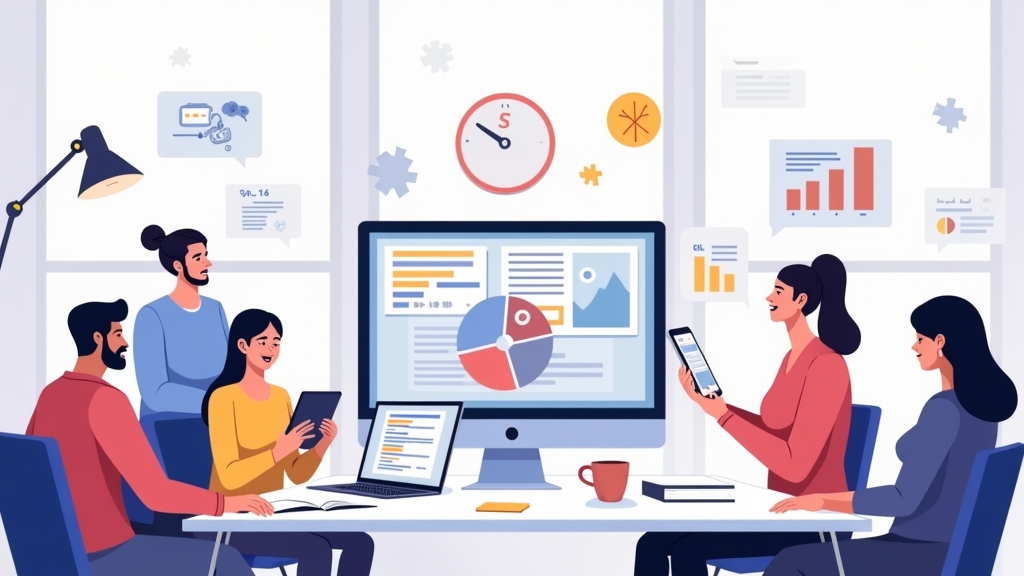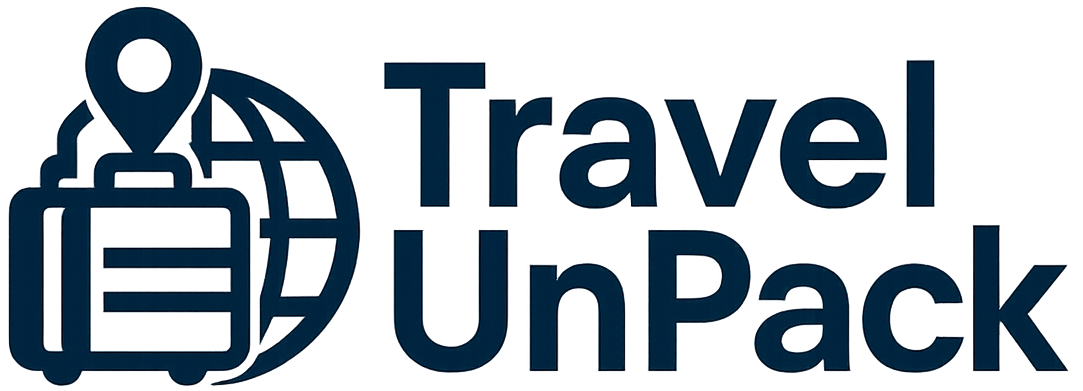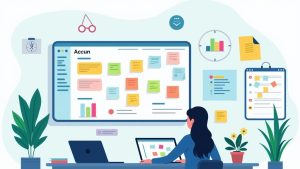How to Use Microlearning to Accelerate Professional Development
What is microlearning and why does it work?
Imagine learning something new in just five minutes a day, without having to fit hours of study into an already busy schedule. Sound too good to be true? That's exactly what microlearning offers. This technique consists of breaking knowledge down into small dosesThey are easy to assimilate and apply in everyday life. Instead of long lessons or extensive courses, you consume short, objective and highly focused content.
But why does this approach work so well? Our brains have a limited capacity to retain information in one go. Research shows that we learn best when the content is repeated at short intervals and applied immediately. What's more, the average human attention span lasts around 20 minutes before it begins to wane. Microlearning takes advantage of this, delivering knowledge in pills that fit perfectly between meetings, commutes or even in the coffee queue.
A practical example? Think about how you use Duolingo to learn a language. Instead of sitting for hours memorizing grammar rules, you practice for a few minutes every day, reinforcing vocabulary and structures in a natural way. The same principle can be applied to professional skills, such as time management, leadership or even programming.
And the best part: this technique reduces cognitive overloadYou'll avoid the frustration of trying to absorb too much content at once. Who hasn't started an online course and given up because it seemed endless? With microlearning, you progress in small but consistent steps, creating a sustainable learning habit.
How to structure your microlearning for better results
Now that you understand the power of this technique, how can you apply it strategically? The secret lies in organization and the right choice of content. Instead of consuming random information, define a clear objective: what competence do you want to develop? Communication? Data analysis? Leadership? With a defined focus, it's easier to select relevant materials.
A good practice is divide learning into thematic modules. For example, if you want to improve your public speaking, you could divide it up into: breathing techniques, structuring speeches, body language and controlling nervousness. Each day, dedicate a few minutes to one of these topics, using short videos, podcasts or articles. Platforms such as Coursera e Udemy offer courses in micro-class format, perfect for this method.
Another valuable tip is use learning triggers. Associate studying with specific moments in your day, such as during breakfast or on the way to work. This creates an automatic routine, without requiring extra willpower. Applications such as Blinkist summarize books in 15 minutes, ideal for those who want to read but don't have the time.
And don't forget spaced review. Revisiting the content at increasing intervals (one day later, three days later, one week later) strengthens long-term memory. Tools such as Anki (Anki) use this method for flashcards, helping to fix concepts efficiently.
Integrating microlearning into your professional routine
You already know how to structure learning, but how do you fit it into a busy schedule? The answer lies in optimizing dead time. How many minutes do you spend waiting for a meeting to start or in the elevator? These short breaks are perfect opportunities to consume a pill of knowledge.
Try replacing some of your time on social media with something productive. Instead of scrolling through your Instagram feed, how about listening to a podcast about project management? Platforms such as TED Talks offer inspiring talks in less than 20 minutes. If you work from home, use the breaks between tasks to watch a quick YouTube video on a technical skill.
Another strategy is align microlearning with immediate work demands. Need to prepare a presentation? Watch a quick tutorial on slide design. Are you going to take part in a negotiation? Read a summary of persuasion techniques. This way, you can apply what you learn on the spot and reinforce your knowledge.
What about involving the team? Create a microlearning group at work can increase engagement. Share articles, videos or daily challenges and discuss them in short meetings. This not only accelerates individual development, but also strengthens the culture of continuous learning in the company.
Ideal tools and platforms for microlearning
With so much information available, how do you choose the best resources? The good news is that there are various free and paid tools that facilitate microlearning. Let's explore some of them.
For short, objective videos, the YouTube is a gold mine. Channels like TED-Ed offer educational animations in less than 5 minutes. The LinkedIn Learning (LinkedIn Learning) has microclasses on professional topics, from Excel to emotional intelligence.

If you prefer to read, try newsletters such as The Skimm (The Skimm), which summarizes important news in a few paragraphs. For those who like podcasts HBR IdeaCast (HBR IdeaCast) brings business insights in short episodes.
Applications such as Quizlet (Quizlet) allow you to create flashcards for quick memorization, while the Speak (Speak) helps you practice languages with short conversations. The important thing is testing different formats and see which one best suits your style.
And don't underestimate the power of courses on specialized platforms. Sites like Skillshare focus on short, practical lessons, perfect for those who want to learn by doing.
Measuring progress and adjusting strategy
There's no point in investing time in microlearning if you don't know if you're evolving, right? That's why, define clear metrics to monitor your development. If your goal is to improve your writing, for example, assess how many articles you've produced in a month or ask for feedback on clarity and persuasiveness.
A useful technique is learning diary. Write down every day what you've learned and how you've applied it. This not only reinforces your memory, but also shows your progress over time. Tools such as Evernote (Evernote) or the Notion (Notion) are great for organizing these notes.
Another method is test your knowledge regularly. Use online quizzes or practical simulations to check if the content has been internalized. Platforms such as Kahoot make the process fun and interactive.
And if you notice that a topic isn't being absorbed, re-evaluate your approach. Maybe a video works better than a text, or vice versa. Microlearning is flexible - adjust it to your needs.
Overcoming common challenges in microlearning
It's not all flowers, and you may face obstacles when adopting this technique. One of them is lack of consistency. As the sessions are short, it's easy to skip a day and then give up the habit. The solution? Treat microlearning as a non-negotiable commitmenteven if it's only for 5 minutes.
Another challenge is superficiality. As the content is brief, there is a risk of not going into enough depth. To avoid this, combine microlearning with longer study periods when possible. Use the pills to introduce concepts and then take time to practise or research further.
A distraction can also get in the way. If you open a video and then a message arrives, learning is interrupted. That's why turn off notifications during those dedicated minutes. Tools such as Forest (Forest) help you stay focused by blocking out distractions.
Finally, don't underestimate the importance of practical application. There's no point in consuming content without putting it into action. Whenever you learn something new, ask yourself: how can i use it today?
Turning microlearning into continuous professional growth
Microlearning is not a magic solution, but a powerful tool when used consistently. By incorporating it into your routine, you can turn small moments into major professional breakthroughs.
Start today: choose a competence, select a resource and dedicate just 5 minutes. In a week, you'll have invested almost an hour in learning - without even realizing it.
So, are you ready to accelerate your development without overloading your schedule? The secret lies in small steps, taken every day. What will be your first knowledge pill today?



